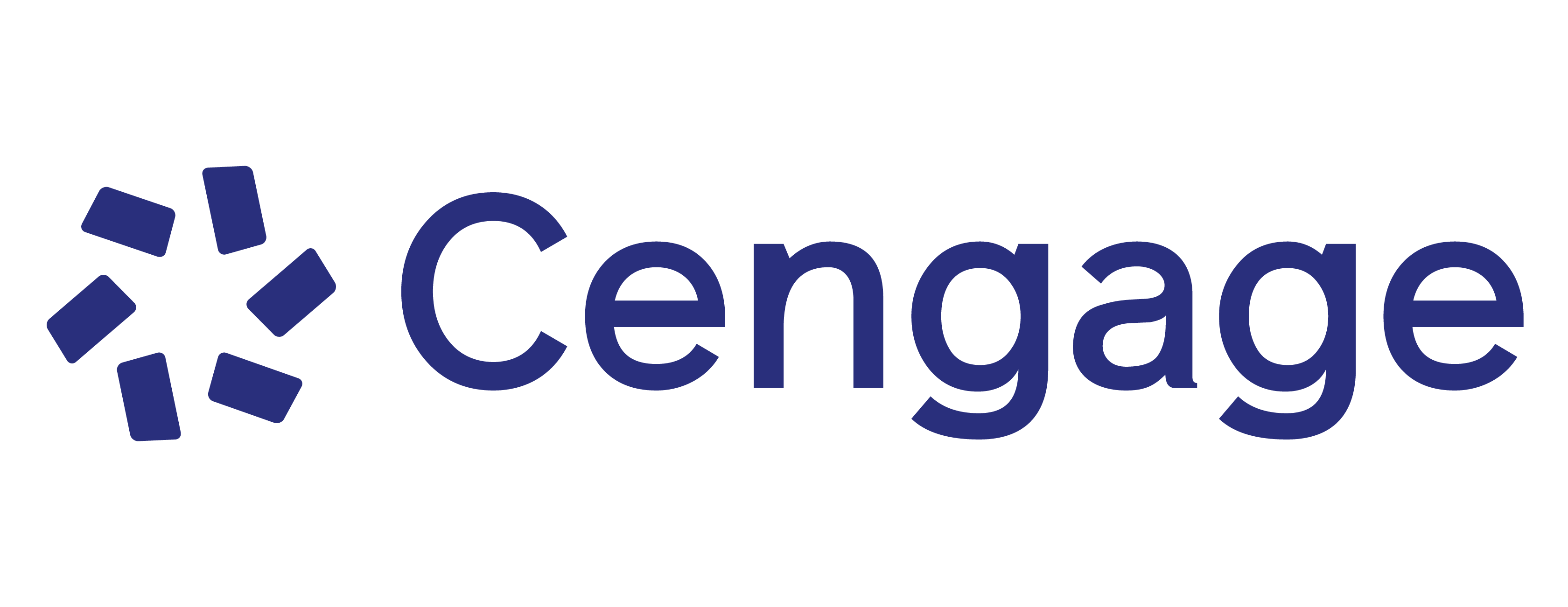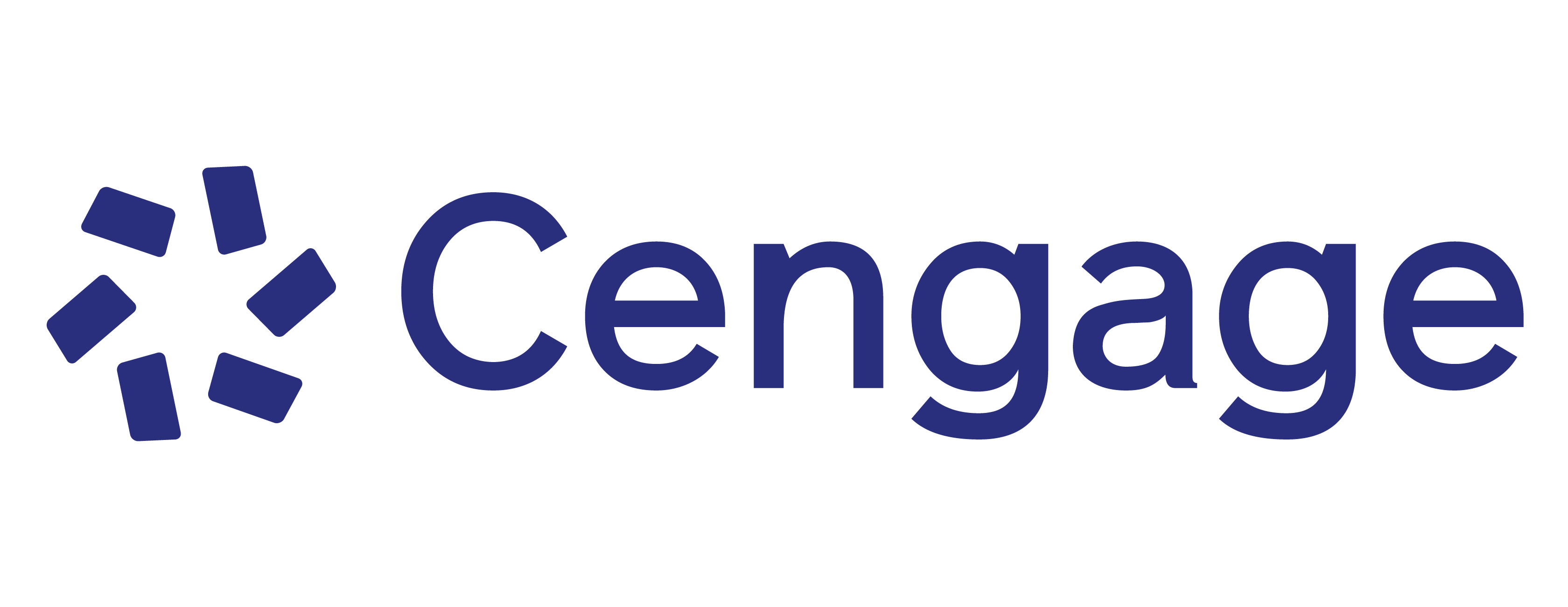SUCCESSFUL WRITING AT WORK, 11th Edition, is a comprehensive introduction to workplace writing with real-world examples and problems; an easy-to-read style; and thorough guidelines for planning, drafting, revising, editing, formatting, and producing professional documents in the global workplace. After a discussion of the writing process and collaboration, the author explores basic business communications (including e-communications and social media), letters, resumes, and other job search materials; proceeds to how to conduct research and document sources; and ends with guidance on more advanced tasks such as preparing visuals, websites, instructions, procedures, proposals, short and long reports, and presentations. You will learn how to be an effective problem solver at work, understand and write for a global audience, write clear and effective sentences, paragraphs, and documents, and select the best communication technologies to accomplish your goals.
1. Getting Started: Writing and Your Career.
2. The Writing Process at Work.
3. Collaborative Writing and Meetings in the Workplace.
4. E-Communications at Work: Email, Blogs, Messaging, and Social Media.
5. Writing Letters: Basics for Communicating with Audiences Worldwide.
6. Types of Business Letters and Memos.
7. How to Get a Job: Searches, Networking, Dossiers, Portfolios/Webfolios, Resumes, Transitioning to a Civilian Job, Letters, and Interviews.
8. Doing Research, Evaluating Sources, and Preparing Documentation in the Workplace.
9. Summarizing Information at Work.
10. Creating Clear Visuals.
11. Designing Successful Documents and Websites.
12. Writing Instructions and Procedures.
13. Writing Winning Proposals.
14. Writing Effective Short Reports.
15. Writing Careful Long Reports.
16. Making Successful Presentations at Work.
Appendix. A Writer's Brief Guide to Paragraphs, Sentences, and Words.
-
Philip C. Kolin
Philip C. Kolin is the University Distinguished Professor Emeritus in the Department of English at the University of Southern Mississippi, where for 40 years he has taught courses in composition, business and technical writing, literature and research methods. He has extensive experience as an editor of several scholarly journals, including the Southern Quarterly, which he edited for nearly a decade. He is also co-founder of STUDIES IN AMERICAN DRAMA (1945–PRESENT). He received the Conference of Learned Journals award for the best new journal. In addition, he was named Southern Mississippi's first Distinguished Professor in the Humanities. Dr. Kolin has published almost 40 books and 250 scholarly articles covering a variety of subjects, including writing, drama, linguistics and popular culture. He also has written an award-winning book on professional writing for nurses as well as articles on writing for lawyers and other professionals. Dr. Kolin is a poet who has published 12 collections of his poetry and co-edited three volumes of eco-poetry on Katrina, the Mississippi River and the moon. Over the years, he has conducted workshops on technical business writing, the publication process and managing professional communications. He received his Ph.D. from Northwestern University.
-
In response to reviewer feedback, the new 11th edition has been streamlined, shortened, updated, and redesigned to provide essential and current coverage of major communication strategies with real-world examples that students need to succeed in today's e-world of work. Many new or significantly revised figures are featured throughout the text to provide students with the most current examples of documents from the global workplace, e.g., social media and e-resumes.
-
The new edition features a strong emphasis on and integration of social media, including a whole section in the new Chapter 4 on writing e-communications at work, examples of Facebook and LinkedIn profiles in Chapter 7, a list of social media "do's and don'ts" when looking for a job, and discussion throughout the text of how social media is shaping the creation of and collaboration on workplace communications. A new section on cyberbullying - how students can prevent it and what they can do if they become a target - has been added to Chapter 1.
-
The latest communication technologies have been included and addressed throughout the text, including web-based collaboration systems like GoogleDocs, Skype, and Prezi presentation software as well as the extensive use of m-commerce, smartphones, and tablets in the workplace.
-
A thoroughly revised Chapter 7 on the job search offers students a new section on transitioning from military service to civilian jobs and practical information on all phases of the job search--including networking and other strategies on how to find a job, preparing different types of resumes, using social media during the job search process, and asking about salary.
-
Two fully revised, updated, and annotated long reports on contemporary business topics illustrate the latest MLA and APA methods of documentation--one in Chapter 8 featuring a real estate marketing plan and the other in Chapter 15 on cultural sensitivity for international workers. Also included are a revised employee activity/performance report and a new proposal on installing inventory tracking software to help a business better manage its products and services.
-
In response to reviewer feedback, the new 11th edition has been streamlined, shortened, updated, and redesigned to provide essential and current coverage of major communication strategies with real-world examples that you need to succeed in today's e-world of work. Many new and revised figures are featured throughout the text to provide you with the most current examples of documents from the global workplace, e.g., social media and e-resumes.
-
The new edition features a strong emphasis on and integration of social media, including a whole section in the new Chapter 4 on writing e-communications at work, examples of Facebook and LinkedIn profiles in Chapter 7, a list of social media "do's and don'ts" when looking for a job, and discussion throughout the text of how social media is shaping the creation of and collaboration on workplace communications. A new section on cyberbullying - how you can prevent it and what you can do if you become a target - has been added to Chapter 1.
-
The latest communication technologies have been included and addressed throughout the text, including web-based collaboration systems like GoogleDocs, Skype, and Prezi presentation software, and the extensive use of m-commerce, smartphones, and tablets in the workplace.
-
A thoroughly revised Chapter 7 on the job search includes a new section on transitioning from military service to civilian jobs and practical information on all phases of the job search--including networking and other strategies on how to find a job, preparing different types of resumes, using social media during the job search process, and asking about salary.
-
Two fully revised, updated, and annotated long reports on contemporary business topics illustrate the latest MLA and APA methods of documentation - one in Chapter 8 featuring a real estate marketing plan and the other in Chapter 15 on cultural sensitivity for international workers. Also included are a revised employee activity/performance report and a new proposal on installing inventory tracking software to help a business better manage its products and services.
-
The text is compact enough for shorter courses yet contains enough coverage for longer ones. A revised text design also enables students to quickly and easily find the information they need to succeed. Numerous new and updated figures and case studies throughout the text provide practical examples of how to prepare email, letters, memos, instructions, proposals, and reports for the global workplace.
-
A practical emphasis on workplace writing as a problem-solving activity shows employees how to successfully meet the needs of employers, co-workers, customers, clients, and vendors worldwide. This point is reinforced through numerous annotated figures, guidelines, and practical in-depth case studies throughout the text that illustrate how to find resources and develop effective rhetorical strategies.
-
Every chapter offers guidelines and examples for writing and acting ethically in the workplace, including avoiding sexist and biased language; using social media professionally and responsibly, writing ethical e-communications; drafting diplomatic and respectful letters; preparing honest and realistic resumes; conducting accurate, objective, and documented research; using and constructing unaltered and unbiased visuals; preparing safe and effective instructions; writing truthful proposals and reports; and a renewed attention to protecting and preserving the environment in the workplace.
-
The 11th edition features updated guidelines and practical tips for writing business letters and memos (Chapter 5), enhanced coverage of international business correspondence, and a discussion of corporate culture and identity.
-
A revised text design enables you to quickly and easily find the information you need to succeed. Numerous new and updated figures and case studies throughout the text provide practical examples of how to prepare email, letters, memos, instructions, proposals, and reports for the global workplace.
-
A practical emphasis on workplace writing as a problem-solving activity shows employees how to successfully meet the needs of employers, co-workers, customers, clients, and vendors worldwide. This point is reinforced through numerous annotated figures, guidelines, and practical in-depth case studies throughout the text that illustrate how to find resources and develop effective rhetorical strategies.
-
Every chapter offers guidelines and examples for writing and acting ethically in the workplace, including avoiding sexist and biased language; using social media professionally and responsibly, writing ethical e-communications; drafting diplomatic and respectful letters; preparing honest and realistic resumes; conducting accurate, objective, and documented research; using and constructing unaltered and unbiased visuals; preparing safe and effective instructions; writing truthful proposals and reports; and a renewed attention to protecting and preserving the environment in the workplace.
-
The 11th edition features updated guidelines and practical tips for writing business letters and memos (Chapter 5), enhanced coverage of international business correspondence, and a discussion of corporate culture and identity.
-
Chapter 16, "Making Successful Presentations at Work," gives you practical advice on how to prepare effectively organized and formatted presentations, including tips in rehearsing, sequencing, and handling difficult questions.
Instructor's Companion Website for Kolin's Successful Writing at Work, 11th
9781305676381
Online Instructor's Resource Manual for Kolin's Successful Writing at Work, 11th
9781305671638
VitalSource eBook: Successful Writing at Work 12 Months
9788000007854
MindTap: Successful Writing at Work 12 Months
9781337018692


